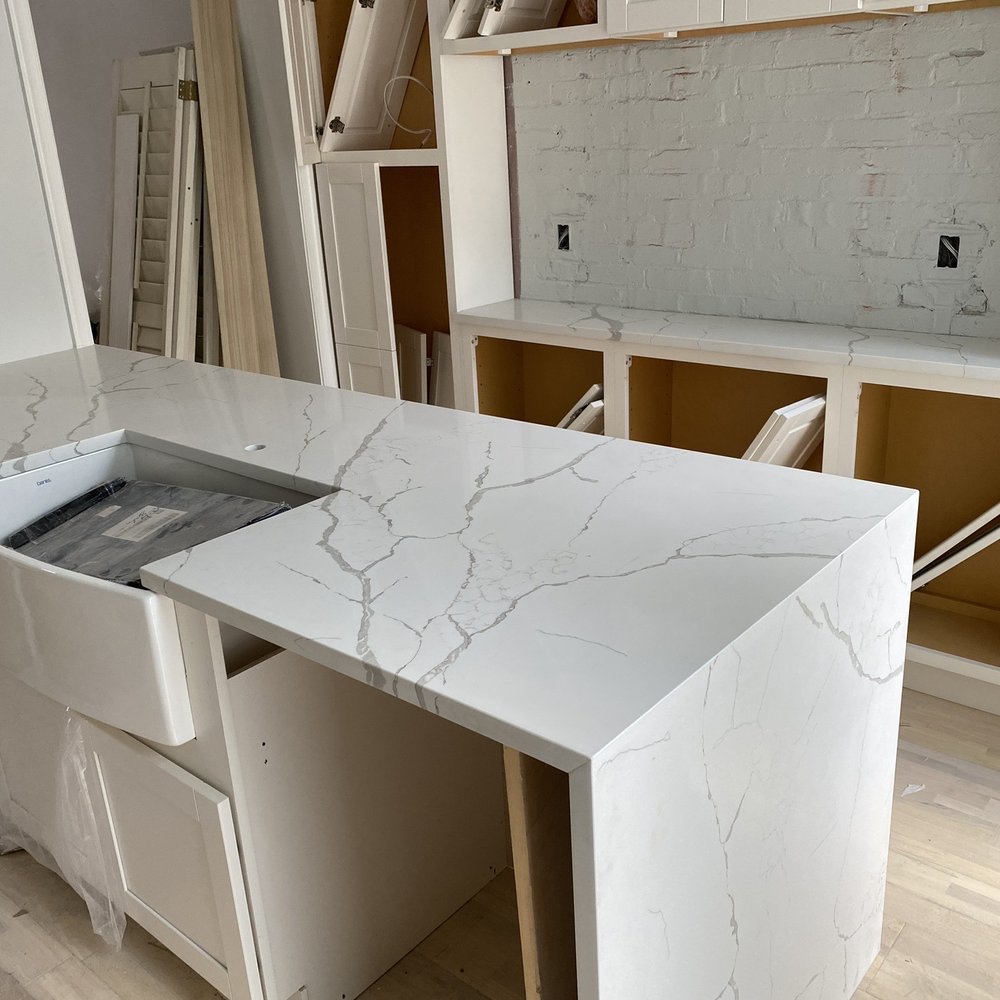When it comes to installing a new countertop, whether it’s the finishing touch on a kitchen remodel or the single change your space needs, you want the best of the best. That’s why you should work with a specialist company that handles both the design and installation of natural and engineered stone countertops. They’ll measure your existing countertop and create a template, then fabricate the perfect fit using the latest technology and techniques.
Countertop Installation & Fabrication
A professional fabricator has two options when it comes to creating a template: the old-school “analog” method or the modern digital one. The latter is more accurate, faster, and requires fewer steps to execute. In addition, it produces significantly less material waste. Regardless of the method used to make your countertop template, it will need to be cut to size for the proper fit in your home. Once the template is made, it will be transferred to the actual stone slabs you’ll be getting for your new countertops.
On the day of your countertop installation, be sure to clear a pathway for the installers to access your kitchen. You’ll also want to clear away any appliances or other items you have on your countertops. It’s also wise to keep kids and pets away from the work area for safety purposes as well as to protect furniture and other surfaces in your home from dust or debris.
Before the countertops are installed, your lead countertop installer will review the specific ongoing care and maintenance instructions for your particular countertop material. These differ between materials, so it’s important to get this information right at the start so you can understand what you need to do to maintain your new stone countertops.
While the granite and quartz that are used in countertops come pre-polished at the fabrication facility, your stone installers will need to polish the edges of each slab to give them a finished look. This is done with a machine called a CNC (computer numerical control) that produces the edge profiles you chose when designing your countertops.
Once the countertops have been polished, they’ll be sealed and prepped for their install. Depending on the countertop material you choose, this could include sealing or waxing to protect against mildew and stains.
If your countertops are being installed over a kitchen sink, your installers will need to create the necessary hole for the sink. They’ll then use a CNC machine to cut the countertop edge profile that matches your chosen sink shape. This step may also involve removing or cutting down existing cabinets to ensure the correct distance between the sink and countertop.

